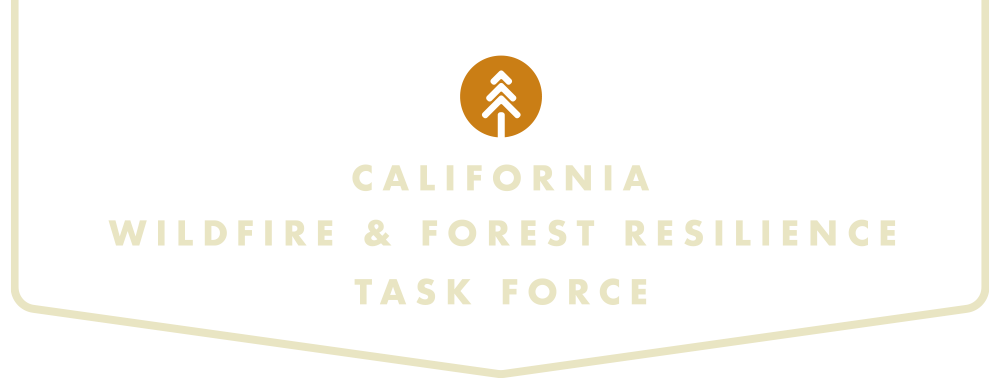Governor Newsom Signs Executive Order to Expand Beneficial Fire Use
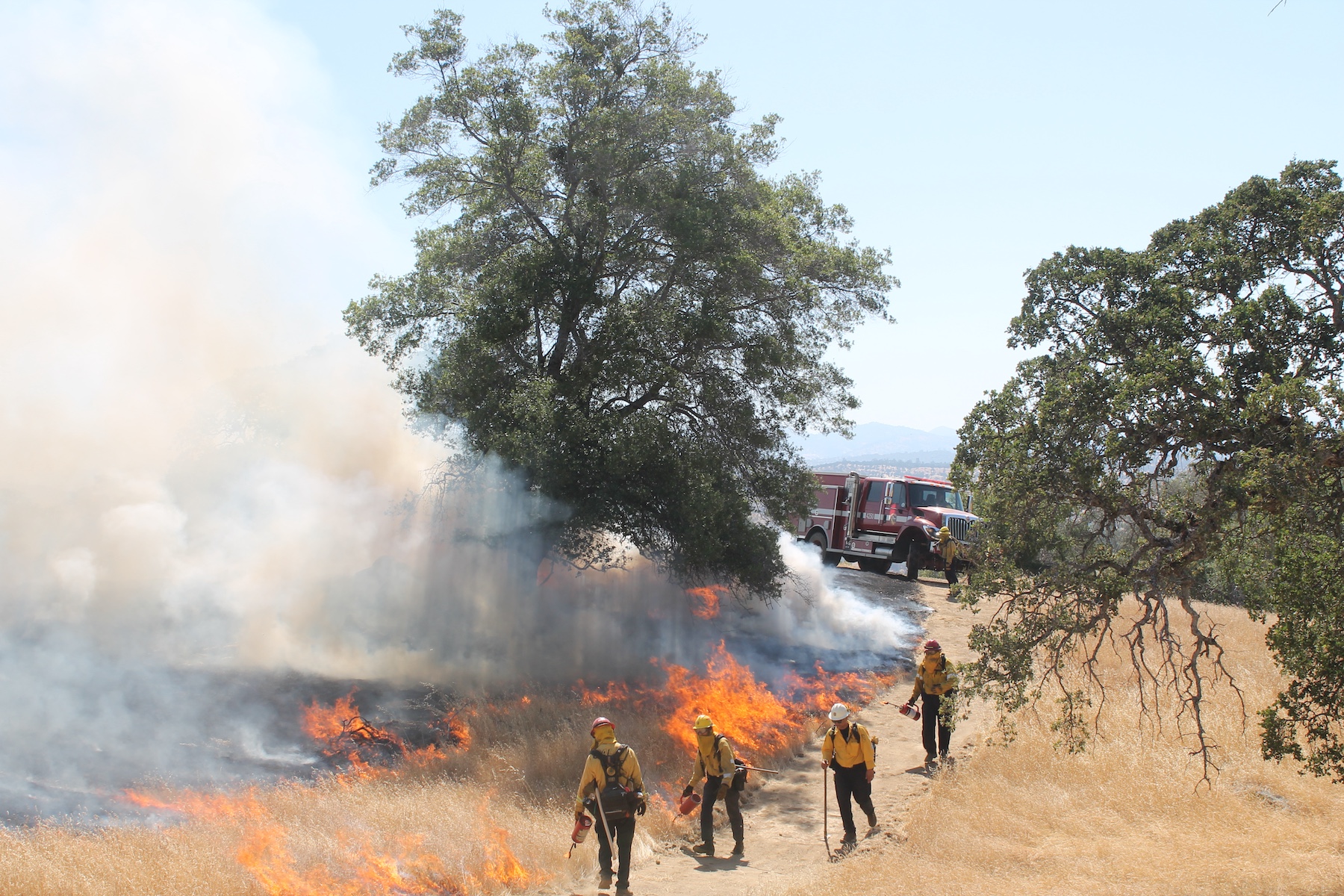
Governor Newsom Signs Executive Order to Expand Beneficial Fire Use
October 29, 2025 – Governor Newsom signed an executive order directing state agencies to reduce red tape and expand tools to safely deploy beneficial fire projects. The order directs a suite of actions to fast-track critical work in the coming months with a key focus on directing state agencies to provide immediate on-the-ground support to local governments and fire practitioners to maximize use of beneficial fire, helping ensure that California does not miss the critical fall weather window to conduct prescribed and cultural burns. The order supports collaborative efforts to update beneficial fire permitting, address air quality concerns associated with smoke and enable resource conservation districts and other entities to carry out beneficial fire projects.
The executive order helps strengthen and build on California’s wildfire prevention strategy by:
- Accelerating funding and projects: Distributes funding to resource conservation districts and other eligible government agencies in advance of beneficial fire work, as well as creates more simplified grant funding processes.
- Expanding local participation: Removes policies and regulatory roadblocks that would make it more difficult for local agencies to engage in this work, including suspending the state law that prohibits resource conservation districts and volunteer fire departments from participating in the Prescribed Fire Liability Claims Fund Pilot Program.
- Working with tribal communities: Directs state agencies to continue prioritizing tribal consultation, access, collaboration, and co-management—so we can work together to expand and support cultural burning and other forms of tribal stewardship.
- Increasing education and data: Directs the California Air Resources Board (CARB) to create new modeling and related technologies, such as the Prescribed Fire Information Reporting System (PFIRS) and make this technology available to support air districts’ efforts to promote fast, efficient and low-cost permitting, and expands training opportunities for beneficial fire practitioners.
- Mitigating air quality risks: Increases collaboration and creates new best practices that provide beneficial fire practitioners consistent permitting and smoke management plan guidance while protecting public health and communicating potential smoke impacts to the public and create guidance for local communities.
Building on nation-leading progress
The executive order builds on unprecedented progress already made by state, federal, tribal, local, and nonprofit partners to increase the pace and scale of beneficial fire implementation across the state. Key advancements include:
- The Task Force issued California’s Strategic Plan for Expanding the Use of Beneficial Fire (2022), a comprehensive roadmap to coordinate the efforts of state, federal, and tribal partners to treat up to 400,000 acres with beneficial fire annually by 2025.
- Prescribed fire treatments in California nearly doubled between 2021 and 2023. Federal, state, and local agencies completed 260,000 acres of prescribed fire treatments in 2023.
- In May, CAL FIRE, for the first time ever, met and exceeded its 50,000-acre goal for beneficial fire as outlined as a goal within the California Strategic Plan for Expanding the Use of Beneficial Fire. This was accomplished even with the Park Fire in late 2024 and the January 2025 fires in Los Angeles.
- As of June, CARB, in close coordination with the California Air Pollution Control Officers Association, has held over 20 prescribed fire training sessions for stakeholders to discuss smoke management, public information, and tools and technology related to prescribed fire.
- In 2021, CARB released California Smoke Spotter — a critical tool to inform the public of air quality impacts from wildfire and prescribed fire smoke.
- The Governor and Legislature established a first-in-the-nation Prescribed Fire Liability Claims Fund in 2022 backed with $20 million in state funding, to accelerate beneficial fire on private lands by covering losses in the rare instance that a prescribed or cultural burn escapes control.
- In September 2024, Governor Newsom signed SB 310, which reduces barriers for California Native American tribes to conduct cultural burns in their ancestral territories. The Karuk Tribe and the California Natural Resources Agency (CNRA) entered into the landmark SB 310 Cultural Fire agreement in February 2025. Out of this effort, the Tribe and CNRA have developed a template agreement for other tribes to utilize educational materials to support government-to-government collaboration in advancing cultural fire.
- In September 2024, Governor Newsom signed SB 1101, which streamlines CAL FIRE’s contracting and procurement process to support beneficial fire.
- In August 2023, the Governor’s Wildfire and Task Force launched an Interagency Treatment Dashboard that provides transparency on the location of completed beneficial fire projects.
- CAL FIRE’s Prescribed Fire Monitoring Program released the first version of a manual outlining field monitoring protocols in 2023 to assist land managers with unit selection, data collection, tools and technologies, data storage, and analysis procedures.
U.S. EPA Issues Policy Guidance to Remove Barriers for Prescribed Fires
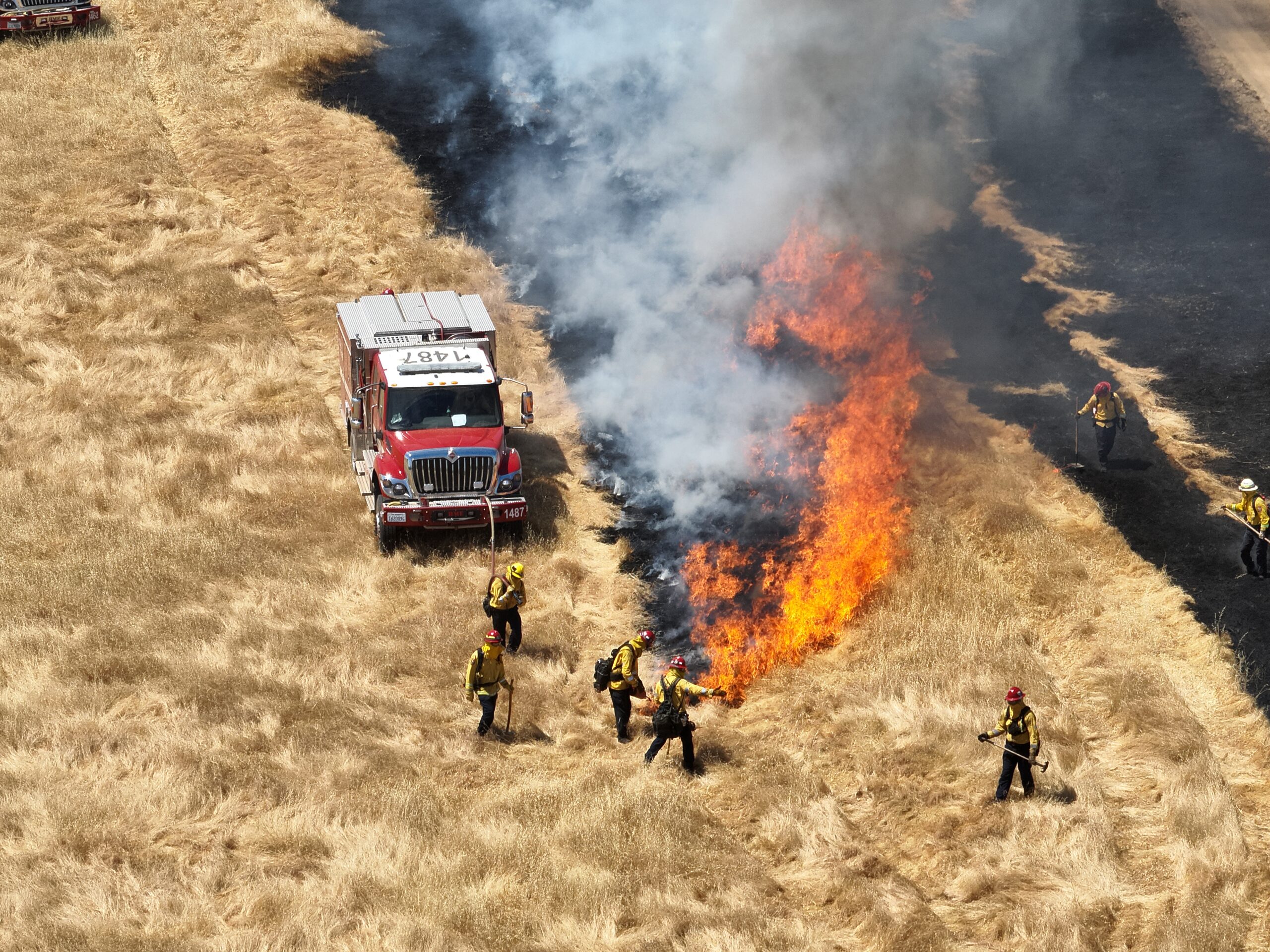
U.S. EPA Issues Policy Guidance to Remove Barriers for Prescribed Fires
October 16, 2025 – The U.S. Environmental Protection Agency (EPA) issued policy guidance directing regional offices to work with local, state, tribal, and federal partners to remove barriers in State Implementation Plans (SIPs) that discourage prescribed fires. Under the Clean Air Act (CAA) and EPA’s Exceptional Events Rule, prescribed fires are eligible to be treated as an exceptional event, meaning air quality data resulting from these strategic fires does not need to be taken into account when determining if an area meets National Ambient Air Quality Standards (NAAQS). Therefore, the EPA will not require inclusion of air quality regulatory provisions in SIPs that limit the strategic use of prescribed fires.
The memorandum directs EPA’s ten regional offices to engage with local, state, tribal, and federal partners to develop approaches consistent with the CAA that will not limit the use of wildland prescribed fires. EPA regional offices must also collaborate with state air agencies to evaluate provisions already incorporated into SIPs, and those proposed for inclusion into SIPs, to ensure they are consistent with the CAA and do not limit the strategic application of wildland prescribed fires. Finally, to enable more effective coordination and collaboration on smoke and air quality management, EPA regional offices will work to promote recordkeeping and smoke management practices associated with prescribed fire activities.
California Signs Cultural Burning Agreement with Karuk Tribe
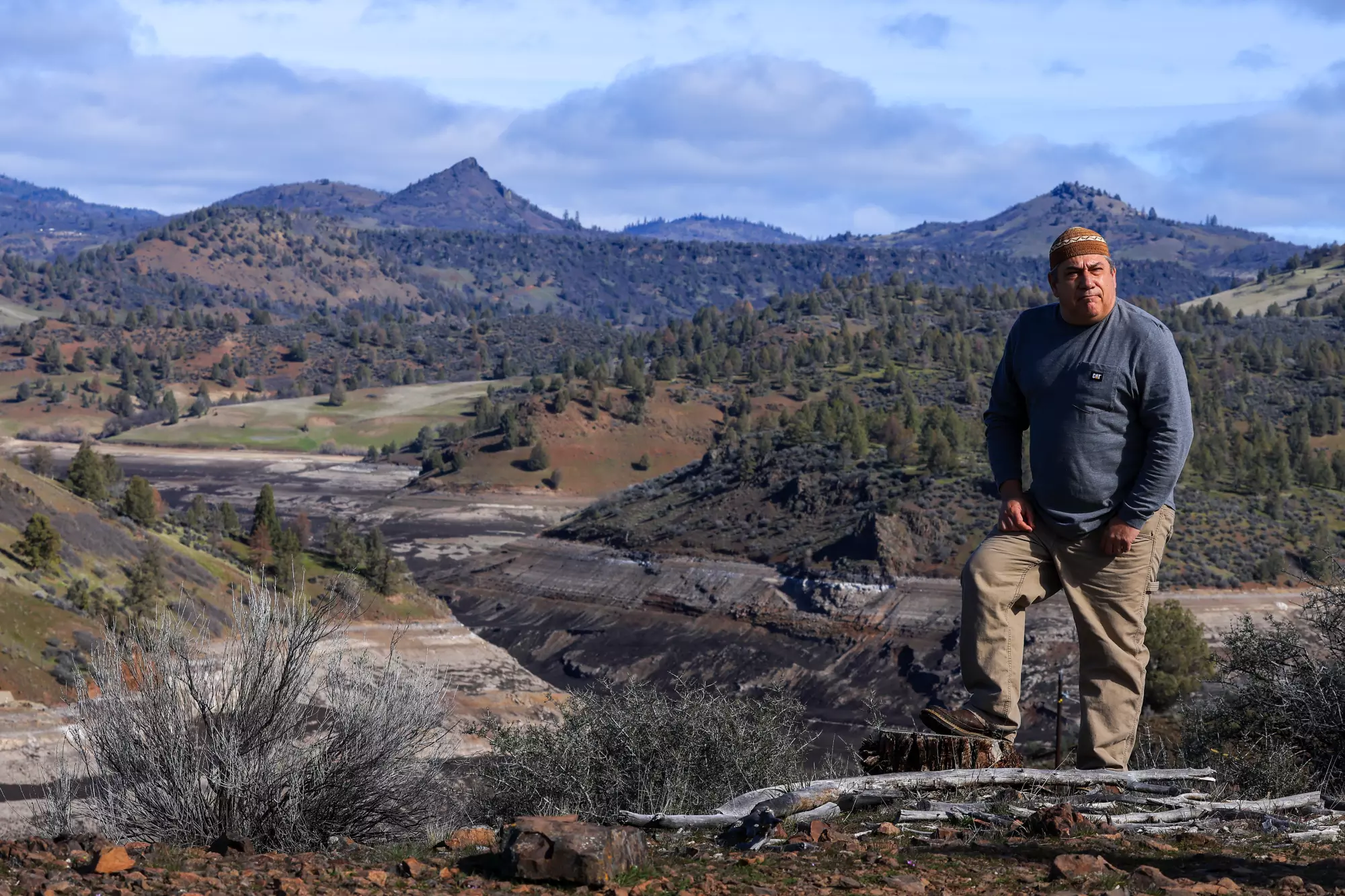
California Advances Wildfire Resilience and Honors Tribal Sovereignty Through Cultural Burning Agreement with the Karuk Tribe
March 7, 2025 – The Karuk Tribe and the California Natural Resources Agency (CNRA) have entered into a historic agreement as part of CNRA and CalEPA’s announcement that SB 310 is now in effect. This legislation and agreement acknowledges tribal sovereignty and addresses historical injustices while contributing to the mitigation of catastrophic wildfire by enabling CNRA and local air districts to enter into agreements with federally recognized California Native American tribes to support them in conducting cultural burns in their ancestral territories. For more information, read the FAQ on SB 310.
CNRA will be hosting a webinar about the landmark cultural burn agreement with the Karuk Tribe and SB 310 on April 1, 2025 at 1pm.
SNC Awards Cultural Burning Grant to Nevada City Rancheria Nisenan Nonprofit

SNC Awards Cultural Burning Capacity Grant to Nevada City Rancheria Nisenan Nonprofit
August, 2024 – The Sierra Nevada Conservancy (SNC) has awarded $250,000 for the Nevada City Rancheria Nisenan Tribe to reduce hazardous fuels through cultural-burning practices and demonstration of traditional ecological knowledge forest management practices on highly visible lands in the wildland urban interface of Nevada City, CA. The funding will support partnership development, training, planning, permitting, and implementation of a cultural burn, along with replanting culturally and ecologically important plants in the restored landscape.
CAL FIRE Funds 94 Wildfire Projects
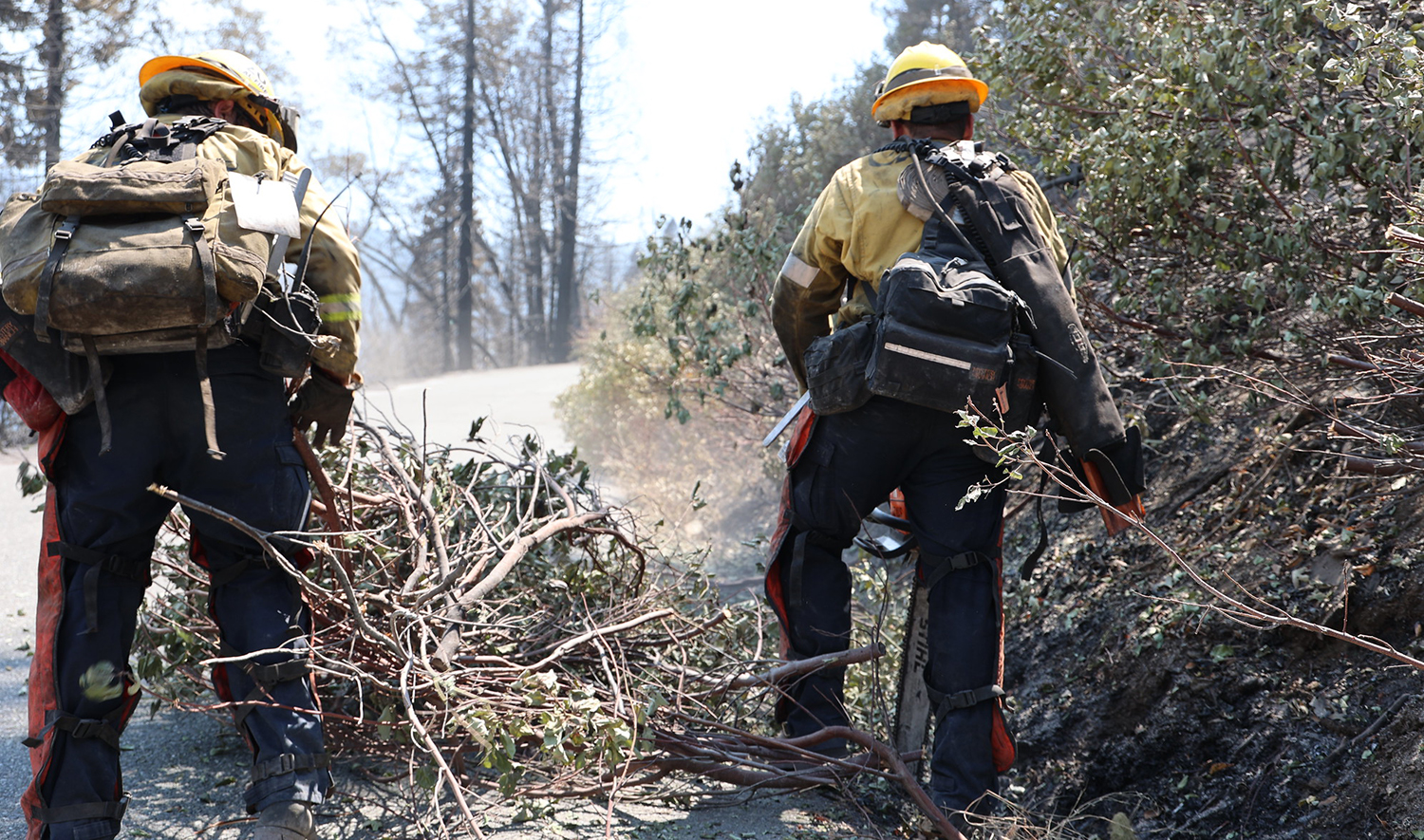
CAL FIRE Funds 94 Wildfire Projects to Build Climate and Community Resilience
August 20, 2024 – CAL FIRE announced grants with $90.8 million in funding for 94 local wildfire prevention projects across California. Wildfire Prevention Grant projects include hazardous fuels reduction and wildfire prevention planning and education, with an emphasis on improving public health and safety while reducing greenhouse gas emissions.
Over two-thirds of the projects will go to communities that are low-income and disadvantaged. These grants bring CAL FIRE’s Wildfire Prevention Grants Program total funding to $450 million that have supported over 450 projects across the state which have collectively accelerated progress toward the goals of California’s Wildfire and Forest Resilience Action Plan.
California National Forests Complete Record Number of Prescribed Fire Acres
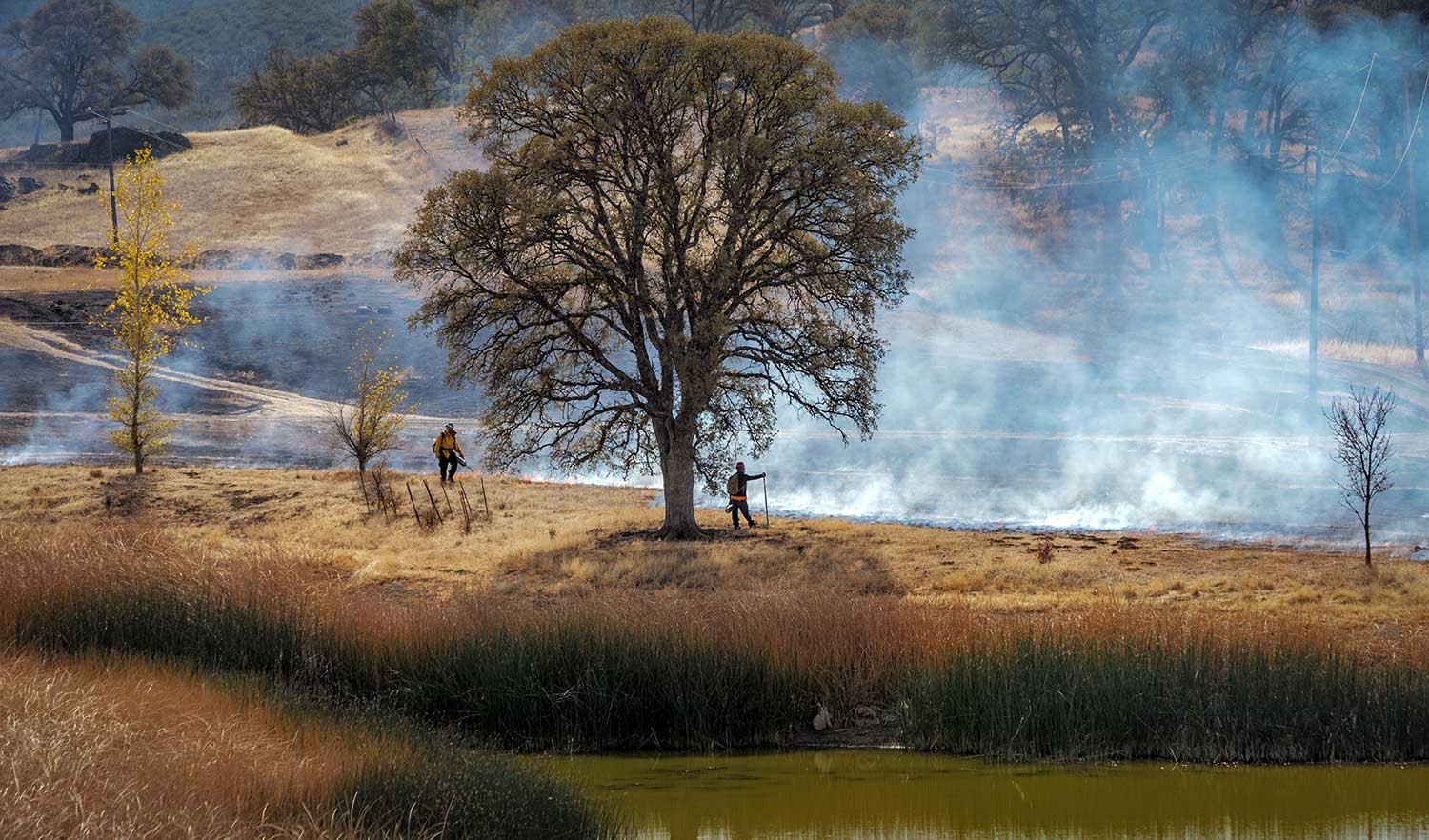
California National Forests Complete Record Number of Prescribed Fire Acres
As of June 24, 2024 the USFS has treated 63,878 acres with prescribed fire on national forests in California. The previous record was set in 2018 when 63,711 acres were treated. USFS fire managers are using prescribed fire to reduce hazardous fuels and reduce threats to communities from extreme fires. Reintroducing fire also minimizes the spread of pest insects and disease, recycles nutrients back to the soil, and improves natural conditions for native flora and fauna.
Karuk Tribe Showcases Indigenous Stewardship’s Role in Forest Resilience
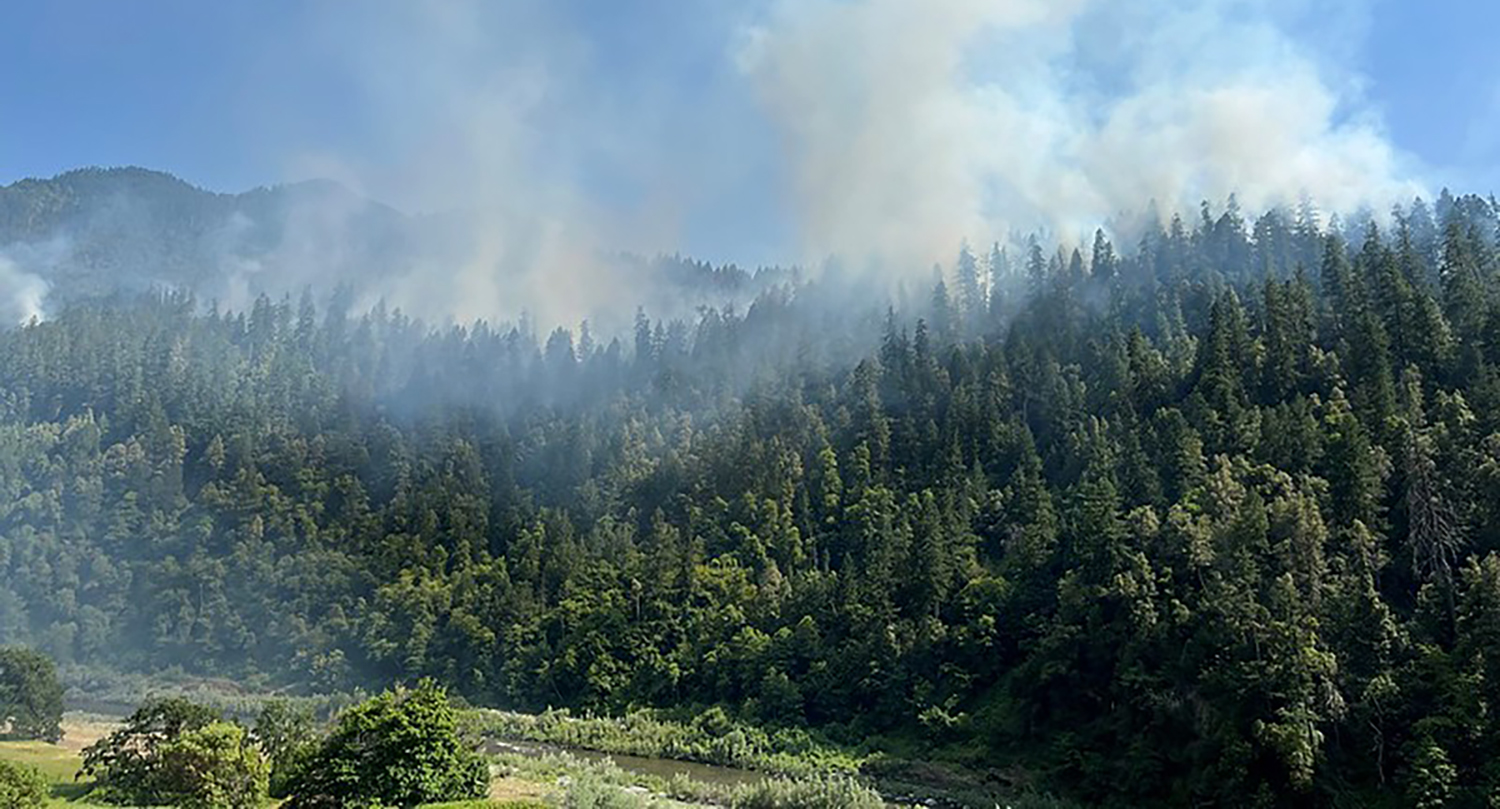
Karuk Tribe Showcases Indigenous Stewardship’s Role in Forest Resilience
The Karuk Tribe teamed up with Oregon State University (OSU) researchers to create a novel computer simulation model that showcases Indigenous fire stewardship’s role in forest ecosystem health. The project explored the impact of cultural burning at a landscape scale, focused on 1,000 square miles of Karuk Aboriginal Territory in the western Klamath Mountains of northern California.
The Karuk Tribe Department of Natural Resources and OSU scientists developed historical estimates for cultural ignition locations, frequency, and timing, which showed that cultural burning was extensive across the landscape, with an estimated 6,972 cultural ignitions occurring annually, averaging about 6.5 ignitions per year for each Indigenous fire steward. It is important to note that this information is not new and has been held by Karuk Tribal members for millennia.
Two New Films Showcase Paths to Heal CA’s Relationships with Fire and Watersheds

New Films Showcase Paths Forward to Heal California’s Relationships with Fire and Watersheds
MAATHAAW: The Fire Within Us
A powerful, Indigenous-led research documentary created by the Condor Visual Media team with support from the Climate Science Alliance, this film documents the cultural, emotional, and scientific relationships of Southern California Tribes with the gift of fire. The film features cultural practitioners who were part of a panel on Cultural Fire and Indigenous Stewardship at our recent Southern California Task Force meeting. The project is still in production with an anticipated release in Spring 2024. However, you can watch the informative and inspiring 12-minute extended trailer now! Learn more about the project and donate here.
California’s Watershed Healing
Documenting how restoring forests to healthier densities has cascading benefits starting from headwaters to watersheds and ultimately to the state’s water supply, this beautiful film features an array of Task Force partners and makes a compelling case for California to better align goals for forest, wildfire, watershed, and landscape resilience. The full-length film created by UC’s Center for Ecosystem Climate Solutions and the nonprofit Chronicles Group is available to watch here.
USFS Study Shows How Fuel Treatments Improve Wildfire Outcomes
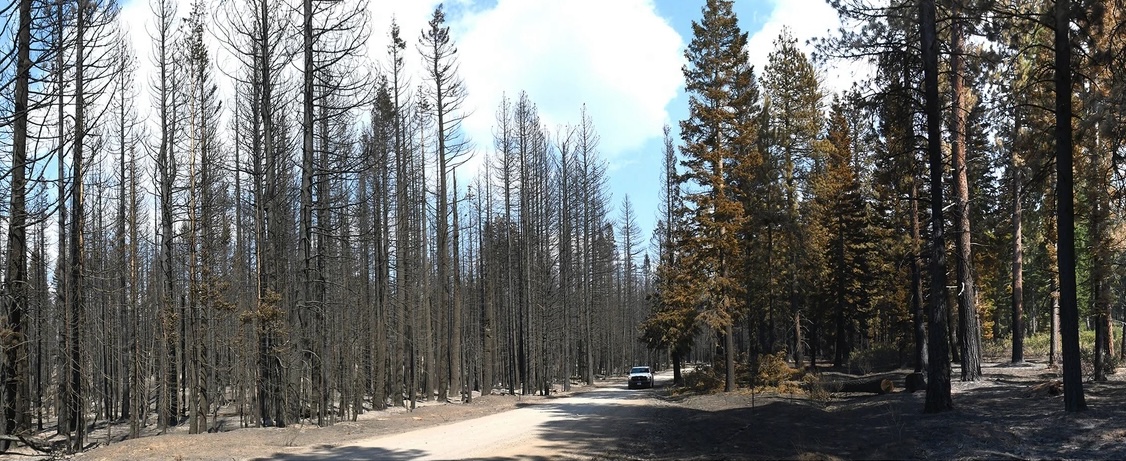
USFS Pacific Southwest Research Station (PSW) Study Shows How Fuel Treatments Improve Wildfire Outcomes
PSW researchers recently published findings that provide strong evidence for the use of fuel treatments to mitigate fire behavior and resulting fire severity even under extreme fire weather conditions. When the 2021 Antelope Fire tore through the Goosenest Adaptive Management Area (long-term research plots set up in northeastern California in the late 1990s), it seemed that 20 years worth of research had been lost. However, shortly after the fire a 2,300-acre study was conducted that demonstrates how reducing canopy bulk density via mechanical thinning treatments can help to limit crown fire behavior for 20 years or more. The findings make a compelling case for doing both tree thinning and prescribed burning to protect forests in the future.
CAL FIRE Funding Grants Available for 2024
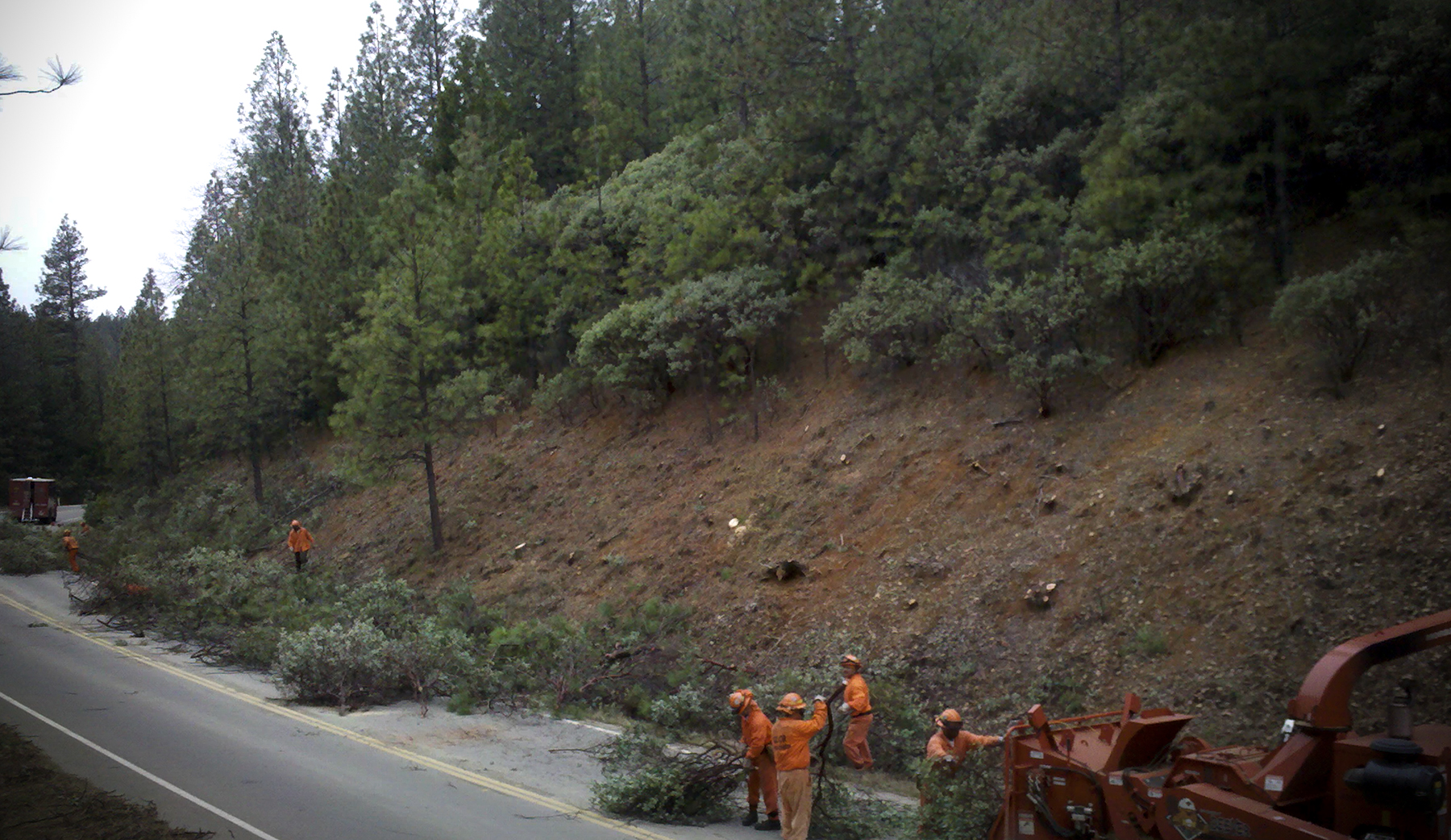
CAL FIRE Funding Grants Available
- Wildfire Prevention: CAL FIRE’s Wildfire Prevention Grant Program will award up to $117 million to local projects that address the risk of wildfire and reduce wildfire potential to communities. Applications are due January 10, 2024.
- Forest Health: CAL FIRE’s Forest Health Program will fund up to $120 million forest fuels reduction, prescribed fire, pest management and reforestation projects and $50 million post-fire reforestation and regeneration projects. View the virtual workshop. Applications are due January 15, 2024.
- Forest Health Research: CAL FIRE’s Forest Health Research Grant Program will award $4.5 million for scientific research projects that address wildfire and forest health issues critical to the State of California. Concept proposals are due January 24, 2024.
- Business and Workforce Development: CAL FIRE Wood Products and Bioenergy expects to open a solicitation for a new round of funding on January 15, 2024.
